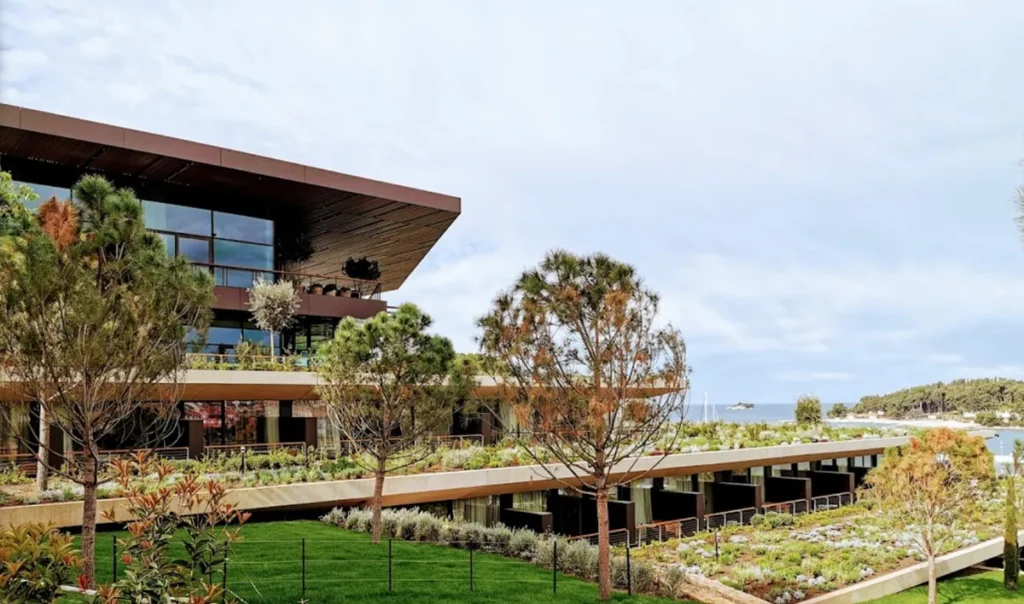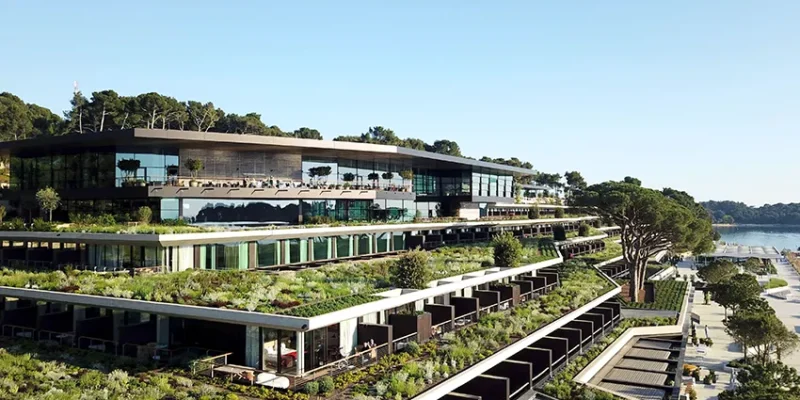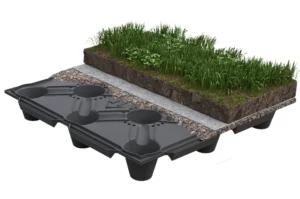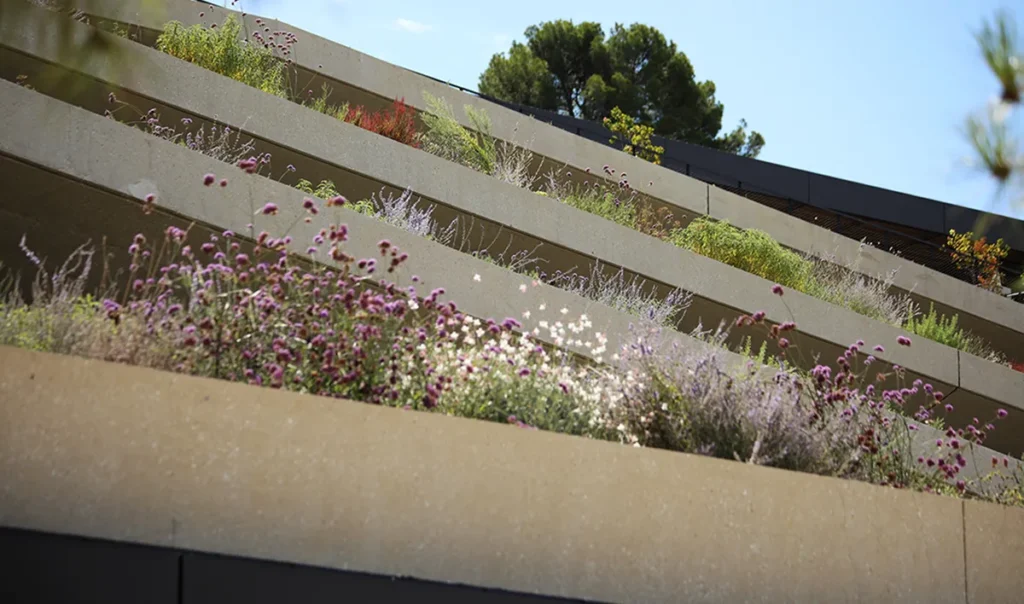The projects that integrate green spaces in buildings are steadily increasing, thanks also to the archistars who have been able to turn the spotlight on solutions that combine aesthetics and sustainability.
Green roofs play the leading role for projects around the world with the aim of bringing nature back to the city. This could be pursued, for example, by transforming roofs/rooftops into green spaces that can lend a distinctive character to buildings, while contributing to the fight against progressive cementification.
Green roofing is a valuable solution to the traditional system and it is now a solution adopted by many designers, both for aesthetic reasons and especially for the improvement of building performance. They are linked to the theme of Smart Cities, which embraces concepts intertwined with a new way of seeing the urban reality, based on citizens’ well-being and energy efficiency. Green roofs are permeable spaces that can counteract pollution and promote countless environmental benefits, contributing to energy savings. In some cases, the latter is as much as 10% compared to a building with a traditional roofing system.
These gardens, placed on top of a wide variety of building types, are divided into two types: extensive or intensive – depending on the thickness of the substrate. The extensive green roof is suitable for stratigraphies with reduced thickness, it is generally not usable and requires little maintenance throughout the year. The intensive, on the other hand, is the most traditional solution and allows a great variety of plants, shrubs, and trees – thanks to a stratigraphy with greater thickness.
IGLU’® GREEN ROOF, produced by Daliform Group and made of recycled plastic material, is the solution for creating a green roof that can guarantee:
- high capacity to retain and store water, facilitating more gradual drainage in case of heavy rainfall and avoiding the disappearance of vegetation due to a lack or excess of water.
- environmental sustainability through the improvement of the macro- and micro-climate and of air quality.
- sound insulation, mitigating the action of acoustic waves and reducing propagation to the underlying environments by some decibels, resulting in improved comfort inside the building.
- thermal insulation, with less heat loss in winter and natural cooling in summer.
In the pictures the Grand Park Hotel Rovinj, with the terraces staggered to create large green spaces, designed by studio 3LHD.




